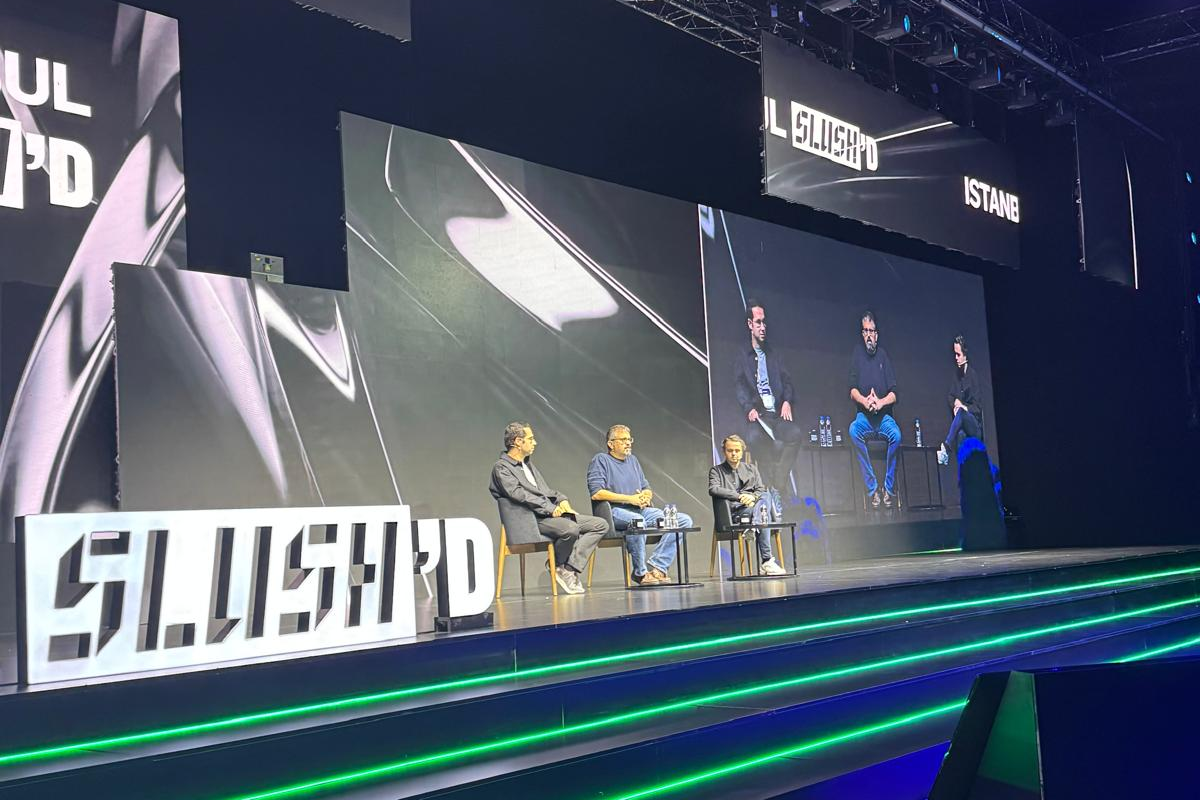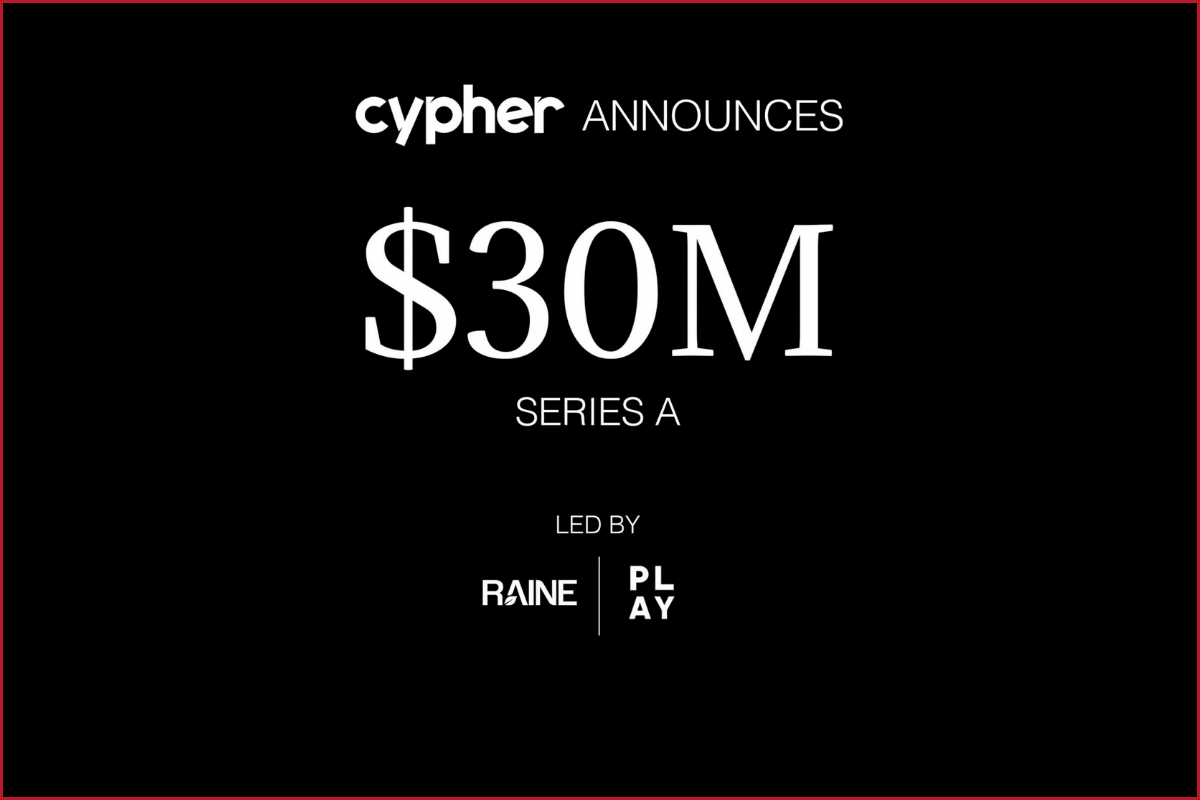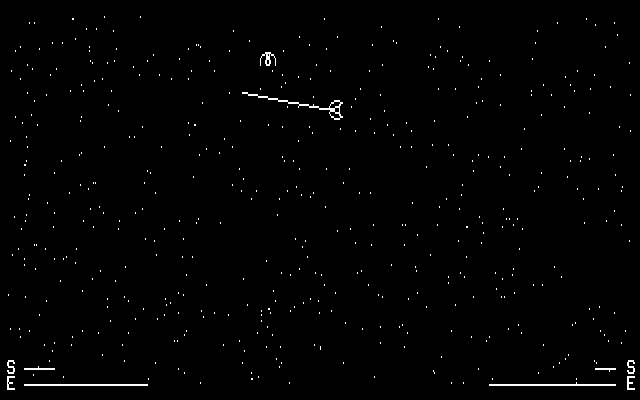The first computers were large appliances that took up half the house and consumed enough electricity to cause blackouts in the near neighborhoods. The people who designed and maintained these computers were people who spent most of their time in the lab, whose only entertainment was chess-like games played during breaks. When the device they developed reached a certain level, they tried to bring the games to the computer system for experimental purposes. Some of the earliest games were: checkers, tic-tac-toe, Nim, simplified chess. These were to be used not just for fun, but also for system testing and demonstration.
Beginning of the story with the PDP-1
Digital Equipment Corporation had just received delivery of the PDP-1 computer in 1962. It wasn’t the first computer at MIT, of course, but it was the first computer that a single human could run on its own. The most advanced computer on the East Coast was TX-0 but took a large team to run. However, it only took one person to turn the key to run the PDP-1.

This computer allowed the user to visualize what he was typing instead of reading a typewriter printout. In other words, this device was as big an improvement as the smartphone revolution today.
Unless you really had a steady hand to work miracles, you had to go back and write a whole new tape for a bug in your code. Software for the machines of that era was no easy task.
One of the users of the PDP-1 was Steve Russell, nicknamed “Slug”, a veteran programmer who worked to bring the LISP programming language to massive IBM mainframes.
Team is gathering
Steve spent most of his time playing board games, usually late. But more than anything, he was interested in Toho movies. Kaiju masterpieces like Godzilla and Mothra were his favorites.

Slug was one of the primary users of the PDP-1. He developed many important software that was in use in 1962. A sense of urgency was beginning to settle over the lab at the time, an Open House project was on the way. Those who have worked in any institution are familiar with the panic that developed with the emergence of Open House. As a result of this project, a $120,000 investment, the new PDP-1 was supposed to look like it was paying off.
Russell had the idea of creating a game just as he was starting to think about what might be possible for the machine. Since he was a big fan of science fiction and the agenda of that period was the Mercury Project, he came up with the idea for a game where two spacecraft could get into a dogfight.
This was no easy task, as the machine had less than 4K memory and was running at 0.187 MHz, which is about ten thousand times slower than a computer by today’s standards. Russell started developing a game with two ships, one needle-shaped and the other triangular. These vehicles were inspired by Buck Rogers’ ships and images of the real-life Redstone rocket.
A good idea to bring to life
Initially, the shape of the game was quite simple, but it still created a sensation. Russell wasn’t the only one developing on the machine, others began to think of ways to improve the program. Russell worked with Wayne Wiitanen and Martin Graetz from the beginning of the program. But the person who made the most interesting contribution to the project was MIT student Peter Samson.

Samson developed a program he called Expensive Planetarium. The program would display a linear star pattern on the screen and be able to replace it with different positions as needed. Samson’s program was combined with the game and began to seriously test the capabilities of the machine, with it the limits of the device would be pushed.
To play Spacewar, you had to turn the buttons on the PDP-1’s front panel. This was a complicated process because the panel was about 18 inches wide, and a player “accidentally” turning another switch could result in shutting down the entire machine. Programmers Alan Kotok and Bob Saunders found a way to control the game separately from the machine itself. These were the first controllers exclusive to the game.
The fate of the game after Open House
The game itself was not limited to the Open House project, from the presentation of the project, everyone stated that they liked the project. Science fiction writer and editor Fred Pohl made good comments about the game.
The team that created the game began to get separated. Many remained with the Digital Equipment Corporation, while others dispersed to universities such as Stanford and Carnegie-Mellon. Digital user group DECUS helped spread the game by making Spacewar part of their software library. The game was not only successful but also garnered a lot of respect for being involved in many articles and academic topics.

The game became so popular on college campuses that it was featured in Rolling Stone magazine. The game also gained immense popularity beyond the college campus because of the article. Rolling Stone hosted a tournament at Stanford’s Artificial Intelligence Lab. This event marks the first official video game tournament, but that’s another case.





